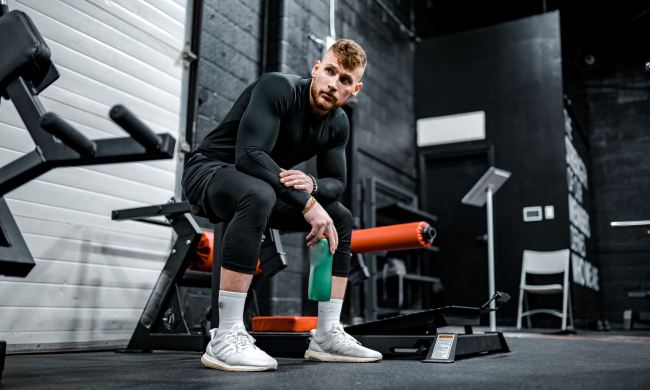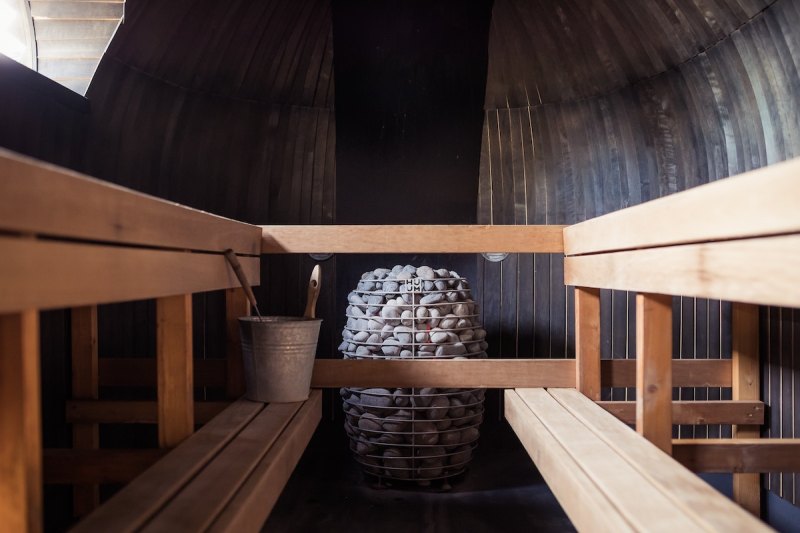
The wellness space is full of influencers telling you why you need to hightail it to your nearest MedSpa for one treatment or another. However, there are also many ways to bring the buzzy treatments to your space.
Specifically, hot-and-cold treatments are having a moment. Saunas plus cold plunges (a fun way to say a sauna followed by an ice bath) promise to aid in weight loss and recovery. The data is murky to nonexistent, specifically on the weight loss part. Infrared portable saunas — which you can set up in your own backyard — promise to lower blood pressure, promote relaxation, and reduce signs of skin aging. Again, the data is limited.
Still, people are going to do what they’re going to do. Infrared portable saunas aren’t the only type that can make their way to your home. Should you get any type of portable sauna? Here’s what to know and the ones we recommend.
What is a portable sauna?
In the simplest terms, a portable sauna is exactly what you think it is: A sauna that you can take with you on your travels or at least use in your home. It’s not one-sauna-fits-all, though. The market has expanded recently, allowing people to customize their spa-away-from-spa experience. Some of the most popular types of portable saunas include:
- Infrared portable sauna: Infrared requires less heat to warm your body because it transmits a low level of electromagnetic radiation via infrared light to directly heat your body. This process differs from a traditional sauna, which warms the air. They purportedly require less heat and allow someone to get sweaty more quickly.
- Portable steam sauna: These saunas are more like the traditional spa experience, but in your home, Airbnb, or yard — really, the possibilities are endless. Though research on the benefits of saunas can be murky, some data shows that moist heat can aid in muscle recovery.
- Infrared sauna blanket: Perfect for a glamping trip, infrared sauna blankets resemble sleeping bags but are constructed with infrared technology. They’re the simplest to travel with and store.
The pros and cons of portable saunas
A portable sauna isn’t going to come cheap, so you’ll want to weigh the pros and cons to avoid buyer’s remorse.
Pros of portable saunas
A portable sauna brings the purported benefits of saunas to your home. These perks reportedly include:
- Detoxification
- Relaxation
- Mindfulness
- Immunity
- Lower risk of heart events
- Muscle relief
- Better sleep
- Weight loss
- Improvement in blood circulation
A portable sauna may be an expense initially, but it’s a one-time fee versus consistently paying to visit a sauna.
Cons of portable saunas
The price can be a con, too. Expensive ones have four- to five-figure price tags. Others, particularly blankets, are under $200. People who aren’t sauna regulars or don’t have the desire to can probably skip the portable sauna trend. (The inflation struggle bus is real, after all.)
Not every portable sauna is created equally. Some may break or need repairs. You’ll want to read reviews closely, particularly if you’re purchasing one online. You’ll also need to do the maintenance and cleaning yourself.
Finally, part of the sauna experience is getting out of the house. A change of scenery now and then can be nice. You may also meet people or use it as a way to chill — not literally — with friends. You miss out on that perk when you use a portable sauna in your bathroom.
You should always speak with your healthcare provider first, particularly if you have underlying conditions, and keep in mind that many of the benefits of saunas are anecdotal or have limited data.
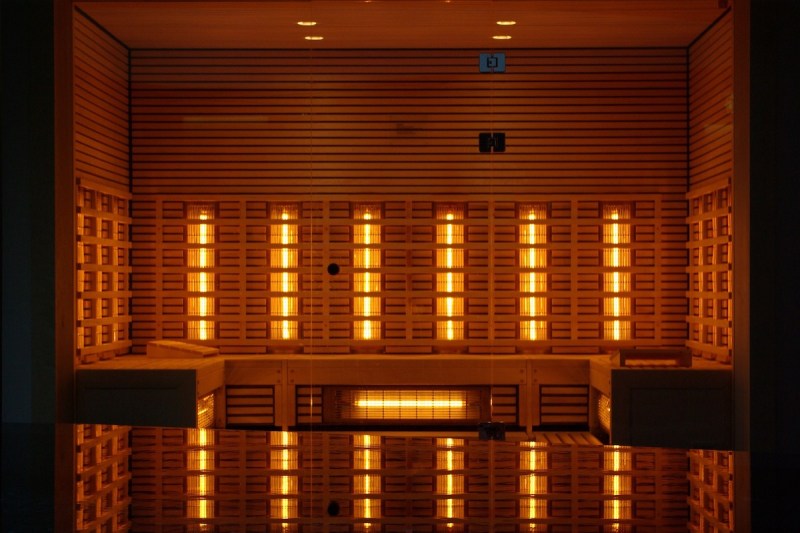
Are portable saunas as good as spa saunas?
It depends. Portable saunas can offer the same benefits, but it depends on the quality of the product. Some are more durable and powerful than others. Read reviews critically and check return policies to lower the risk of regret.
What’s more, you’ll want to think about what “better” means to you. Do you value not having to commute to the spa more than not having to clean and maintain a sauna? That’s something only you can answer.

What’s an infrared portable sauna?
An infrared portable sauna uses infrared light and electromagnetic radiation to heat your body directly. Proponents say it heats more efficiently, allowing a person to reap the benefits like better circulation more quickly than a traditional sauna.
Our top picks for portable saunas are below.
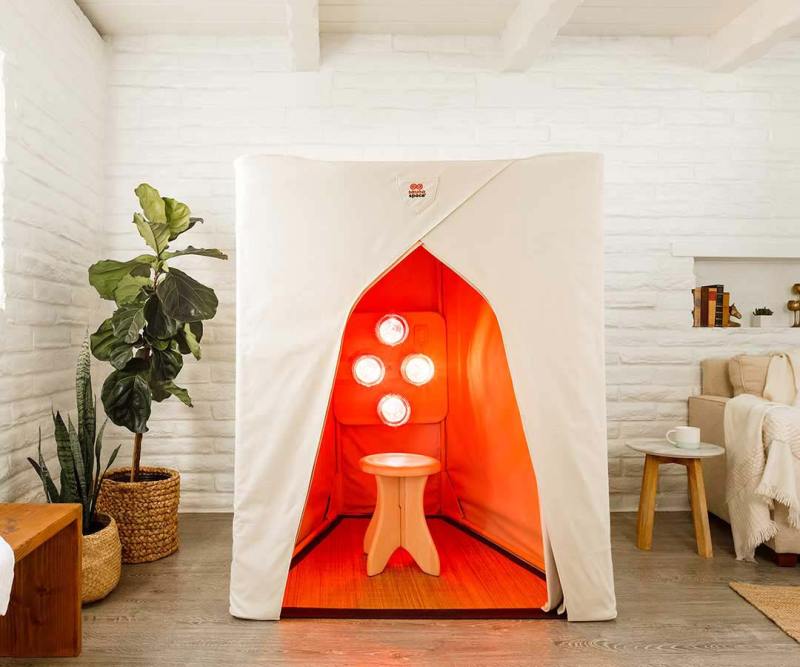
Luminati Infrared Sauna
More than 400 reviewers have given this portable infrared sauna 4.9 stars out of 5, saying it boosted their energy, immunity, and mood. It uses ThermaLight technology to help the user sweat more efficiently and effectively. Bonus: The no-fuss cover is machine washable.
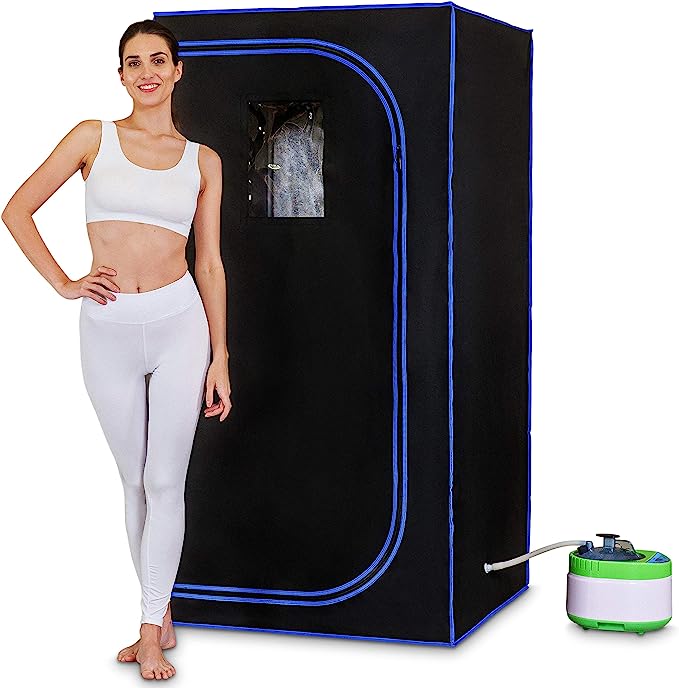
SereneLife Full-Size Portable Steam Sauna
This budget-friendly portable steam sauna comes in at under $270 — perhaps less or comparable to a visit to your local spa for treatments. You can sit or stand inside, and a folding chair comes with the sauna. It looks a bit more like a portable locker than a luxe spa, but it’s what’s on the inside that counts.
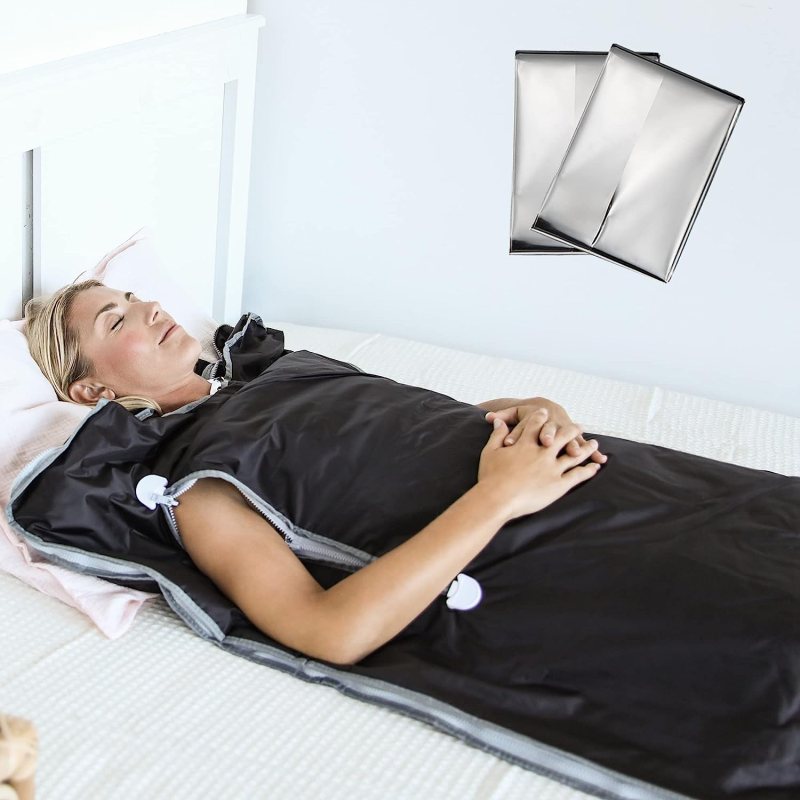
LifePro Sauna Blanket for Detoxification
An Amazon bestseller, the LifePro Sauna Blanket is known for being comfortable and a cinch to assemble and use. It’s also simple to wrap up and take on vacations and work trips. Two sauna wraps lock the heat in, helping you to improve wellness in an efficient 30-minute session.



